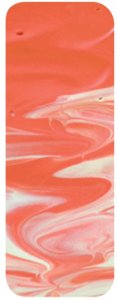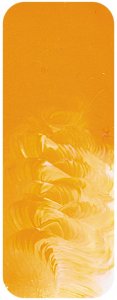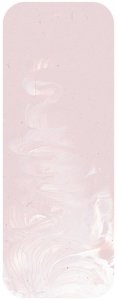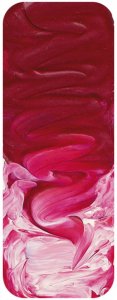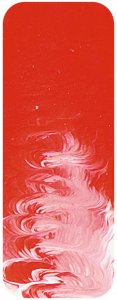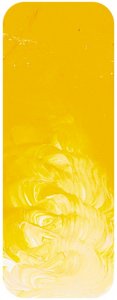Description
"Pigment Red 179 is known to chemists as Perylene Maroon. Perylene molecules result when 2 naphthalene molecules are joined back to back. This is called a ??peri?? arrangement (hence the Perylene name) and has many interesting properties. For a start it is very stable and therefore resistant to light. it also has properties that make it useful in research into photovoltaic cells and LED lighting. As a pigment it can be a bit of a frustrating colour for the manufacturers of the colour. It has the good qualities that a pigment should have. It is highly permanent, non toxic, resistant to chemicals and weathering, generally compatible with all painting media, (although it can provide some difficulties for acrylic paint formulations) and it comes in a wide range of shades from black to red. The frustration is that the colour is not a bright pretty red and instead we have here a deep maroon colour. It is hard to dispute that bright and pretty is desirably for many people thus limiting sales, but for the artist it is ideal.
For centuries earthy colours have been hugely important on the palette, the pigments are common in every country and therefore always easy to get, at least for the most common reds and yellows. Their usefulness tended to mask certain limitations and the focus on developing new pigments was firmly in the yellow, red, violet, blue, and green camps. There was one notable exception - the development of synthetic iron oxides in the mid 19th century made earth colours in a more reliable form and made the less common shades like Mars Violet more accessible. And so this situation remained the same for more than a century.
Since the last decade of last century things have started to change. The transparent iron oxides became available and artist paint manufacturers started experimenting with various high performance organic pigments. at first colours like Transparent venetian Red and Permanent Maroon were thought of as simply being reds and they were categorized with the brighter reds but their usefulness becomes more apparent when thinking of them as additions to the earth colour range because these subdued colours behave more like the earth colours do than the brighter colours when mixing.
Permanent Maroon???s transparency is glorious. traditionally earth colours tended to be opaque and often that is exactly what is needed, but when transparent options are brought to the earth colour table then creative possibilities multiply exponentially. Water colour-like techniques benefit from the beauty of the colour and the colour is perfectly suited to glazing techniques. It is a rich deep red best seen in undertone. it works well when taking a brighter red into shadows like with folds in a red piece of fabric. Mixed with Venetian Red it gives a richness to the colour and with Cobalt Blue it creates rich warm violets and with Yellow Oxide or Nickel Titanate it gives a wide range of golden earthy colours and subdued orange that Vincent Van Gogh would have loved on his palette. This colour might be a little more expensive than other earthy colours but it rewards the artist with beautiful mixtures.
"

